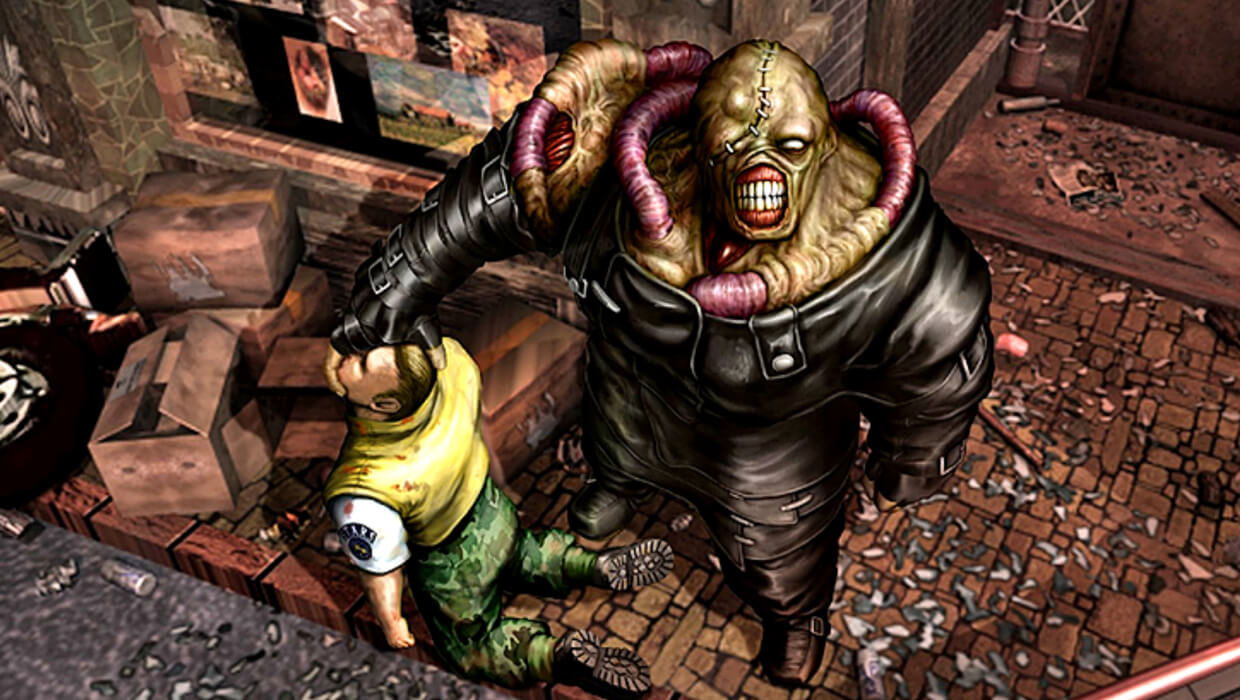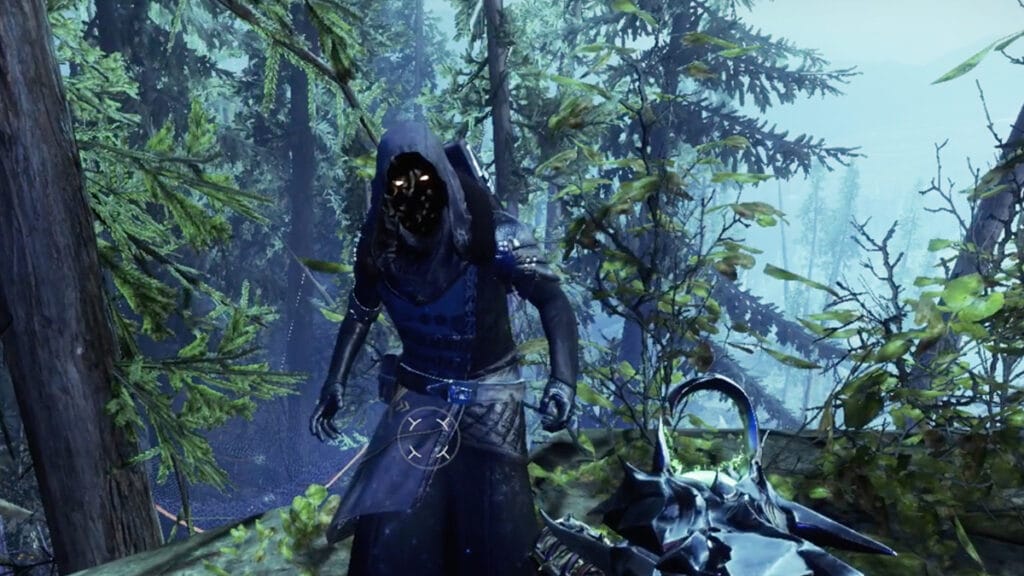Quite often on forums, I see people comparing their top 10 villains in video games, and I thought; hell I COULD make a list…or I could go deeper into why so many people appreciate these characters as memorable villains, and what you need to look at to create an iconic villain that can stand the test of time. Now, for the most part, this will be quite light and nothing too heavy, with most of it seeming like common sense, but you’d be amazed at how many developers get their choice of the villain just so wrong.
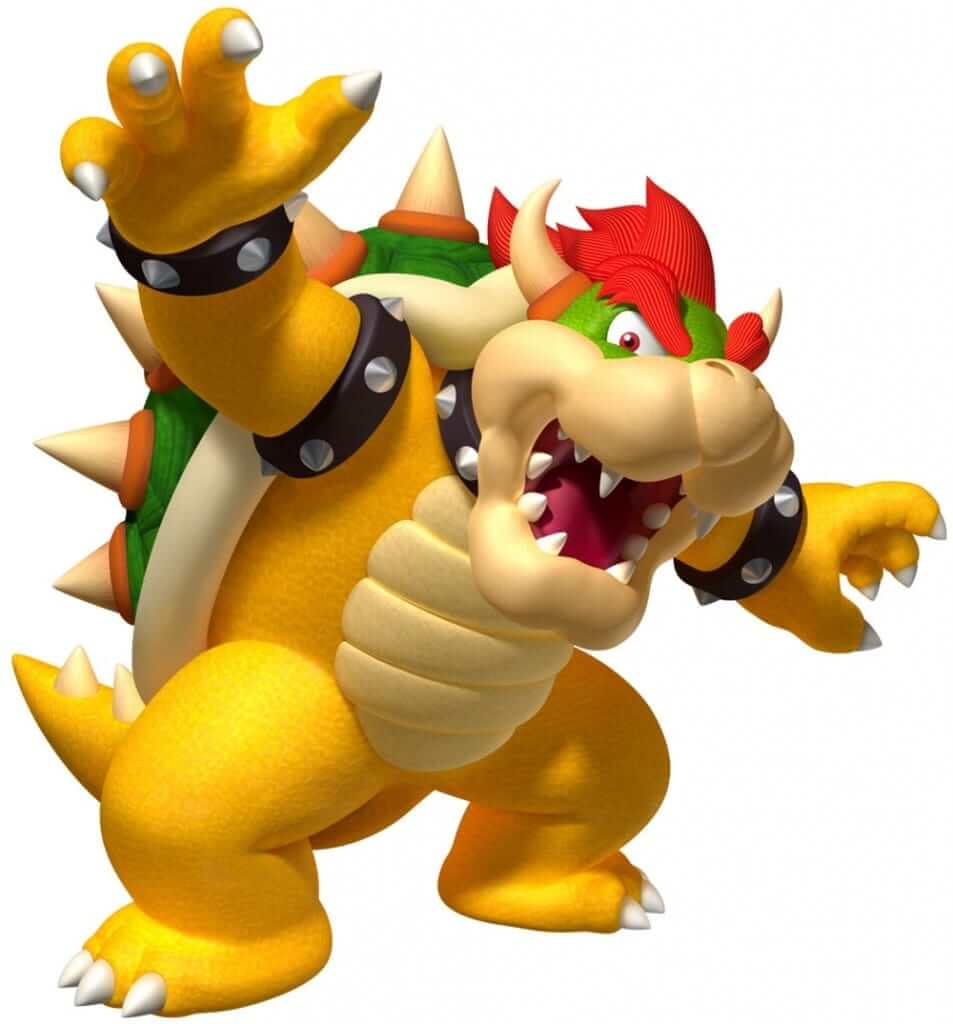
Let’s start off with villain creation 101: what kind of villain do you need for your game? Is it going to be a mechanical villain or a narrative villain? This choice is important to the style of game that is presented to the player since a narrative villain whilst being more complex; is often not needed if say you’re planning to make an action platformer, or something relatively simple. First off, what is a narrative villain and why is it different from a mechanical villain? Well, a mechanical villain was typical in your platformers, your first person shooters, anything that didn’t really need a fully fleshed out villain, just a bad guy that will usually be the final boss. This was typical of games like Mario, Final Fight, Streets of Rage (you get the idea). A mechanical villain is usually judged on how memorable they are by only a few things, these include appearance, voice (if they have one) and how challenging they are to overcome, but most importantly – their actions. Think back to Super Mario Bros 3; Bowser was far bigger and more intimidating than any of the Koopa kids you fight throughout the game and is far more challenging to defeat. His motivation really doesn’t come into the equation, since his very existence is to give Mario (our hero) a goal to shoot for, an obstacle to overcome. Bowser is an iconic villain simply because he is the very embodiment of a good mechanical villain. He is judged as a villain solely from his actions; he kidnaps a princess and tries to throw his entire army at the only two guys in the Mushroom Kingdom that can stop him.
Now, narrative villains are different in the sense that they don’t necessarily need to be final bosses or even someone that you fight. A narrative villain is an opposing force that tries to stop our protagonist from achieving their goals. If that’s a little too wordy for you; think of Final Fantasy VII, a game that most of you will have played. Sephiroth is the main villain in the game, but he actually isn’t introduced into the story until a good chunk of the game has been played already. So, for the first portion of the game, and even towards the end; the main villain of the game is Shinra. Yes, that’s right, the big corporation that wants to keep 99% of the population of Midgar living in squalor whilst their executives live the high life upon the upper plate. Shinra is a brilliant example of narrative villains because they hinder the progress of our main characters whenever possible; but more importantly – have their own agenda. They don’t want to destroy the world, or see Sephiroth destroy it either; they just want to maintain their monopoly on Midgar’s energy supply by finding the “promised land” which is supposedly an infinite source of Mako energy, which they use to power the city. Yes, you fight members of Shinra, including Reno, Rude, Elena & Rufus (newly appointed president after his father is killed by Sephiroth), which would indicate them to be more mechanical villains, but their efforts to do things outside of the main characters parameters and outside of the games scope is what makes them essentially narrative villains, and great ones at that. Reno & Rude are following orders from Tseng, leader of the Turks (an organisation of special agents within Shinra) to stop Cloud and his team from taking Aerith away, they are also tasked with other orders that don’t really affect Cloud in anyway; he just happens to be in the wrong place at the wrong time. Shinra are trying to achieve their own goals, and don’t see themselves as villains, but rather see Cloud as the villain for constantly interfering with their plans. Okay, the plot gets a little murky at times with Hojo and Sephiroth taking the mechanical villain archetype more than narrative villain archetype, but the narrative villain label can be used for the company as a whole.
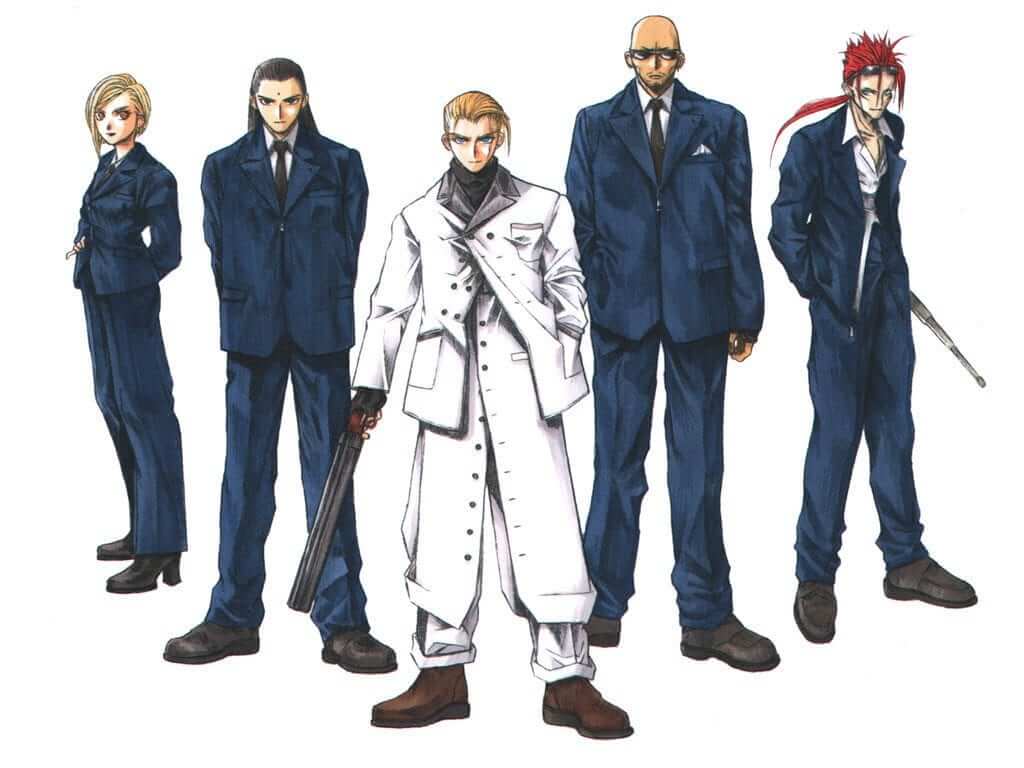
Essentially, narrative villains are more fleshed out than their mechanical counterparts, and instead of being the sole reason for the protagonist taking action, they could be an obstacle that blocks the protagonists attempts through plot devices, rather than just pure force. You could also have a villain that is a pure force of nature, but that’s a topic for another day I think.
The most important thing when creating a good narrative villain is to think about their motivation. This villain is a character, just like the hero. A good antagonist should have their own goals and flaws that make them someone the player could potentially relate to. Unlike forces of nature, like god’s or demons who have either no motivation beyond instinct or have a set of ideas outside that of human comprehension; a villain should be every bit as fleshed out as a protagonist. Think about why they do what they do. Are they trying to create a better world through a set of ideals? Are they trying to cure a disease but are having to take desperate measures? Giving these characters motivation can link in with their set of flaws, enough so that it can sometimes cause the player to think about why they are acting against them. For instance, if you were to stop a villain from meeting their goals, are you actually the good guy in all this? Those kinds of moral questions make for an even more exciting and immersive experience.
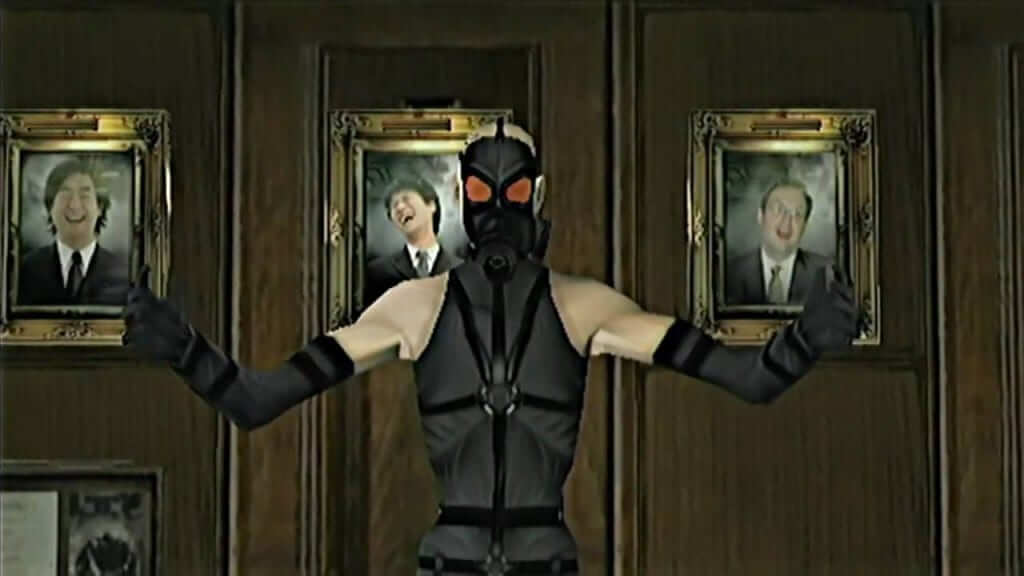
I’d probably better leave it there, or this really will turn into the ramblings of a crazy person. I hope this has given you all some insight as to what makes a good villain, or at least given you some idea of where to start if you were to create one for yourself.

